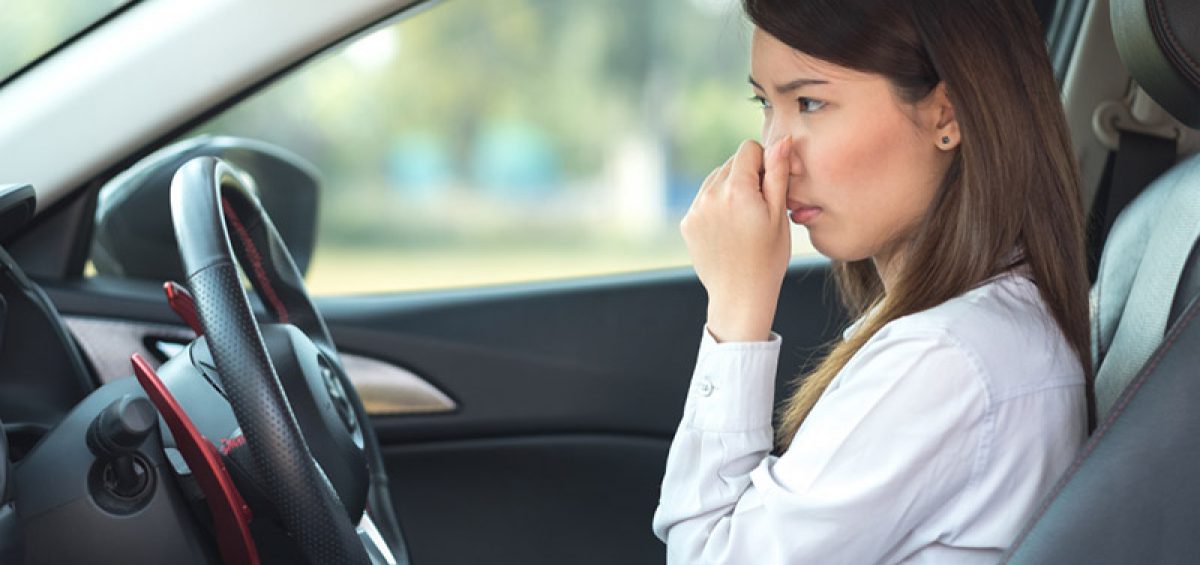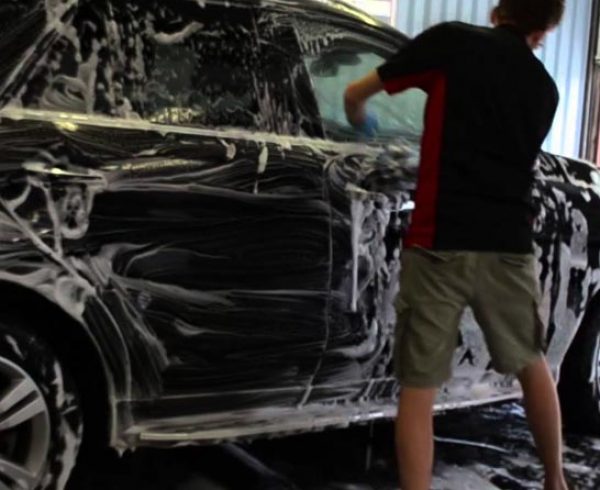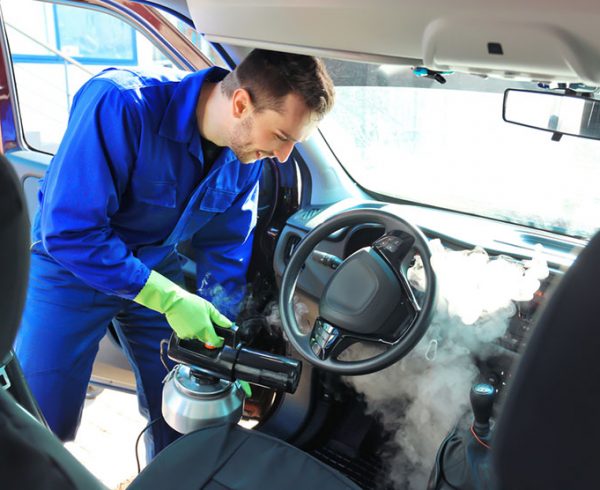Getting Rid of Bad Odors
When it comes to things that can go wrong with our vehicles, most of us worry about engine problems and mechanical breakdowns. However, there’s another huge issue that can possibly make your car unpleasant to ride in, and that’s a nasty interior odor.
Bad smells can hover in a vehicle for any number of reasons. Perhaps someone accidentally left food in the back seat, and the stink of rot permeated the materials of your interior. Maybe you regularly transport animals or deliver food for a living, and these odors have left their mark. No matter what your situation, if the odor in your vehicle is bothering you, it’s a safe bet that it’s unpleasant for your passengers. You need a solution now. What can be done?
1. The Deep Clean
This tip is probably obvious, but your first step is giving your vehicle’s interior a thorough cleaning. This means wiping or vacuuming every surface. It won’t necessarily remove the odor, but it will ensure that you’re removing any debris that could be adding to the problem. It will also remove dust that could cause allergies or trigger breathing problems in those who suffer from asthma.
2. The Odor Absorbers
When your car is sparkling clean inside, your next step is to get in and check for the nasty smell. It’s common to get used to odors, so the best way to test this is to have a friend or family member who doesn’t regularly ride in your vehicle get in and check it for you. If the odor is still present, your next step will be to utilize some absorbing agents.
There are three main odor-absorbing agents you can use:
- Charcoal
- Baking soda
- Spray-on odor absorbers
Charcoal works by simply absorbing odor from the surrounding air. You can buy specially made charcoal packs designed for this purpose, or you can simply test out putting a cup full of charcoal from the grill in your vehicle and allowing it to sit for a few days. After it absorbs most of the offensive odors from the air, you can toss it out.
When it comes to baking soda, your best bet is to spread it on the carpets, seats and other soft surfaces and allow it to remain for a few hours. Then, thoroughly vacuum it all up. The process can take a while and be a bit messy, but it’s quite powerful. It works best if you know the problem is emanating from a certain area of the car. For example, if your daughter got sick and threw up on the carpet, you might want to apply the baking soda to that area.
There are also spray-on odor absorbing chemicals that you see advertised on television. These can work pretty well, and they also usually feature a nice fresh scent, which can assist in blocking out the odor. For seriously disgusting smells, it’s probably best to test out all three of these methods and see which one works best.
3. The Cover Up
Sometimes, odors take time to fade. While you’re working on cleaning and deodorizing the car, you still might need to drive around. This is where a nice-smelling air freshener can help. Air fresheners don’t always completely mask bad smells, but they do help, and some scents might help more than others. Buy a few different varieties and experiment with which scent does the best job covering the odor you’re dealing with.
Natural essential oils, fresh flowers or even burning a stick of sage can help. Just be careful not to do the latter while you’re driving! It’s fine to burn some incense in the car using a holder when the car is parked, but you don’t want to risk getting distracted, or worse, lighting your vehicle on fire while you’re on the road.
4. The Trunk Check
Nasty smells can find their way into the car from the trunk. When you’ve done all you can to fix a bad odor, and you can still smell it hanging around, don’t forget to double check that area. Sometimes, people toss garbage into the trunk while camping or tailgating and forget about it. Also check to make sure that a small animal didn’t crawl into the engine compartment and die. This sometimes happens in the winter when wildlife is seeking a warm place to rest. It’s a sad scenario, but it’s better to find out and deal with the problem right away.
Sometimes, when you’ve done all you can, you might simply need to wait it out. Certain smells, like skunk, can last for months or even years, but most fade away over a long enough time period. By following the tips in this article, you take the edge off the odor if not remove it entirely, but if you need further assistance, be sure to ask your local auto detailer for help.






Leave a Comment